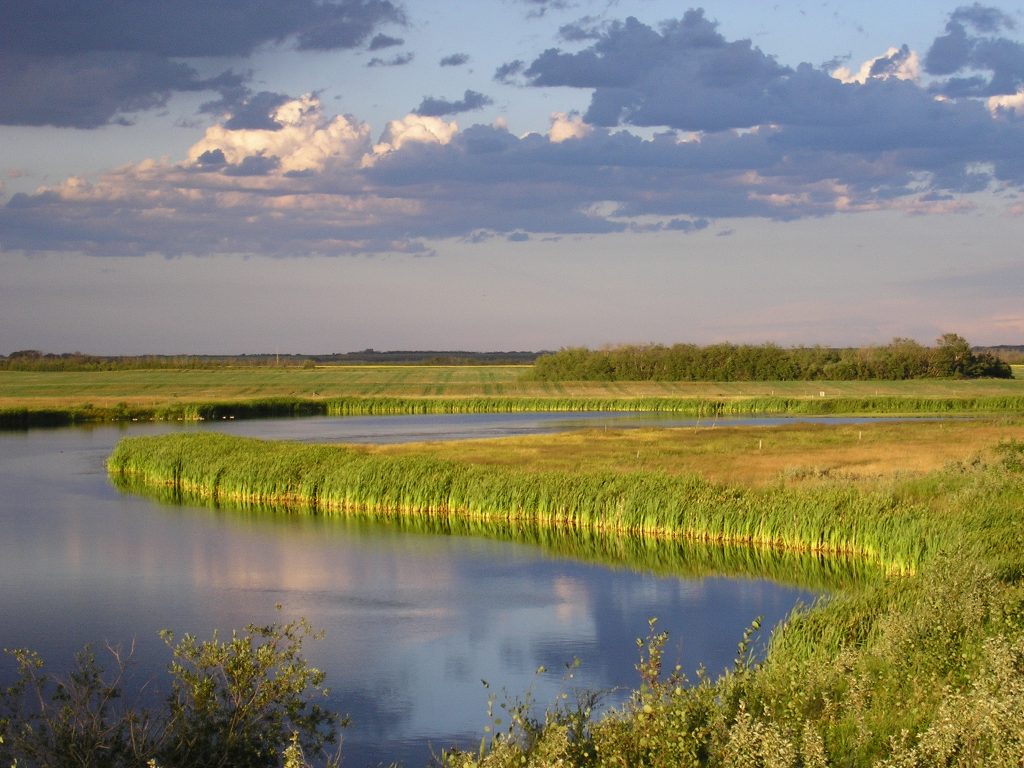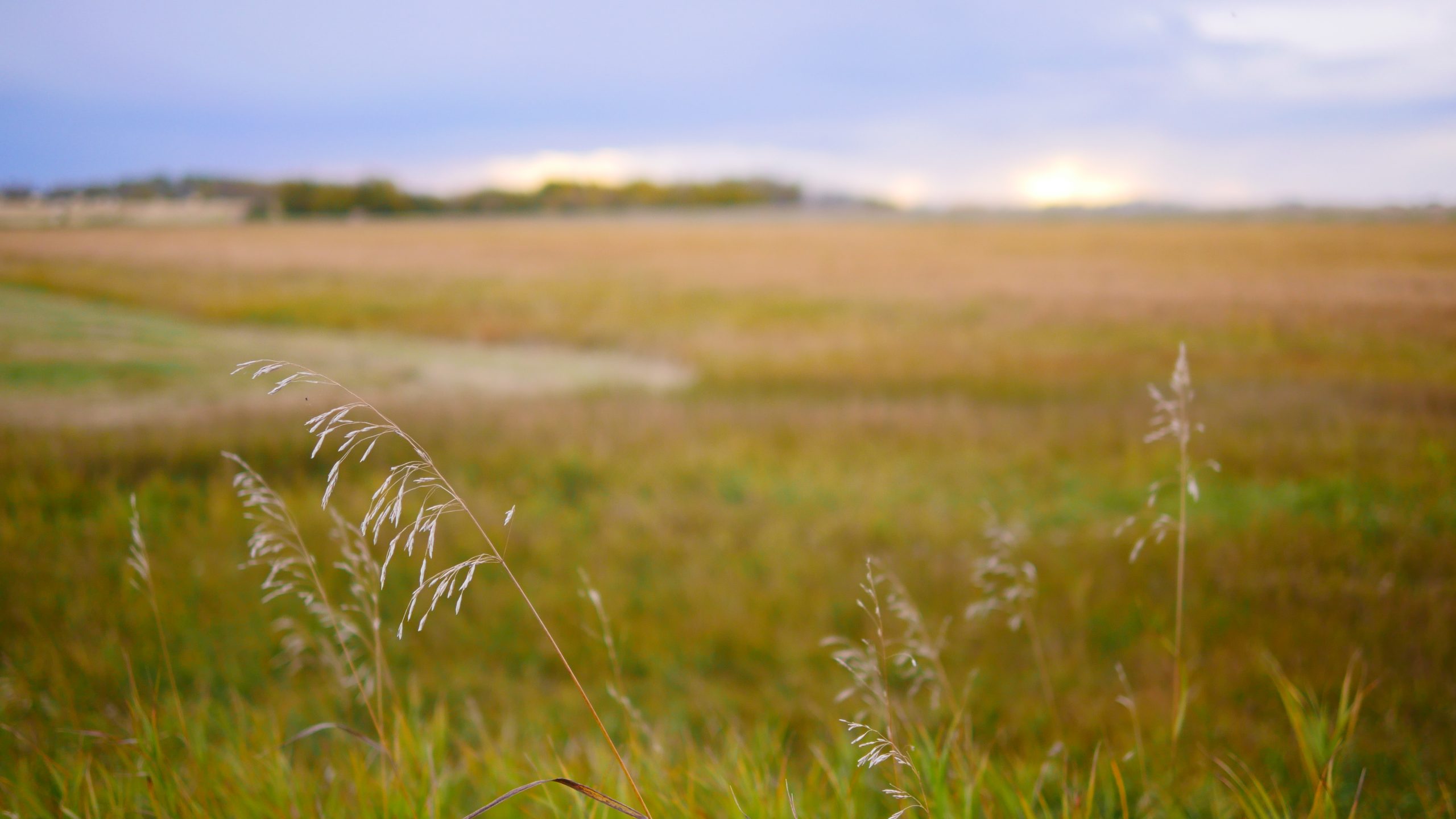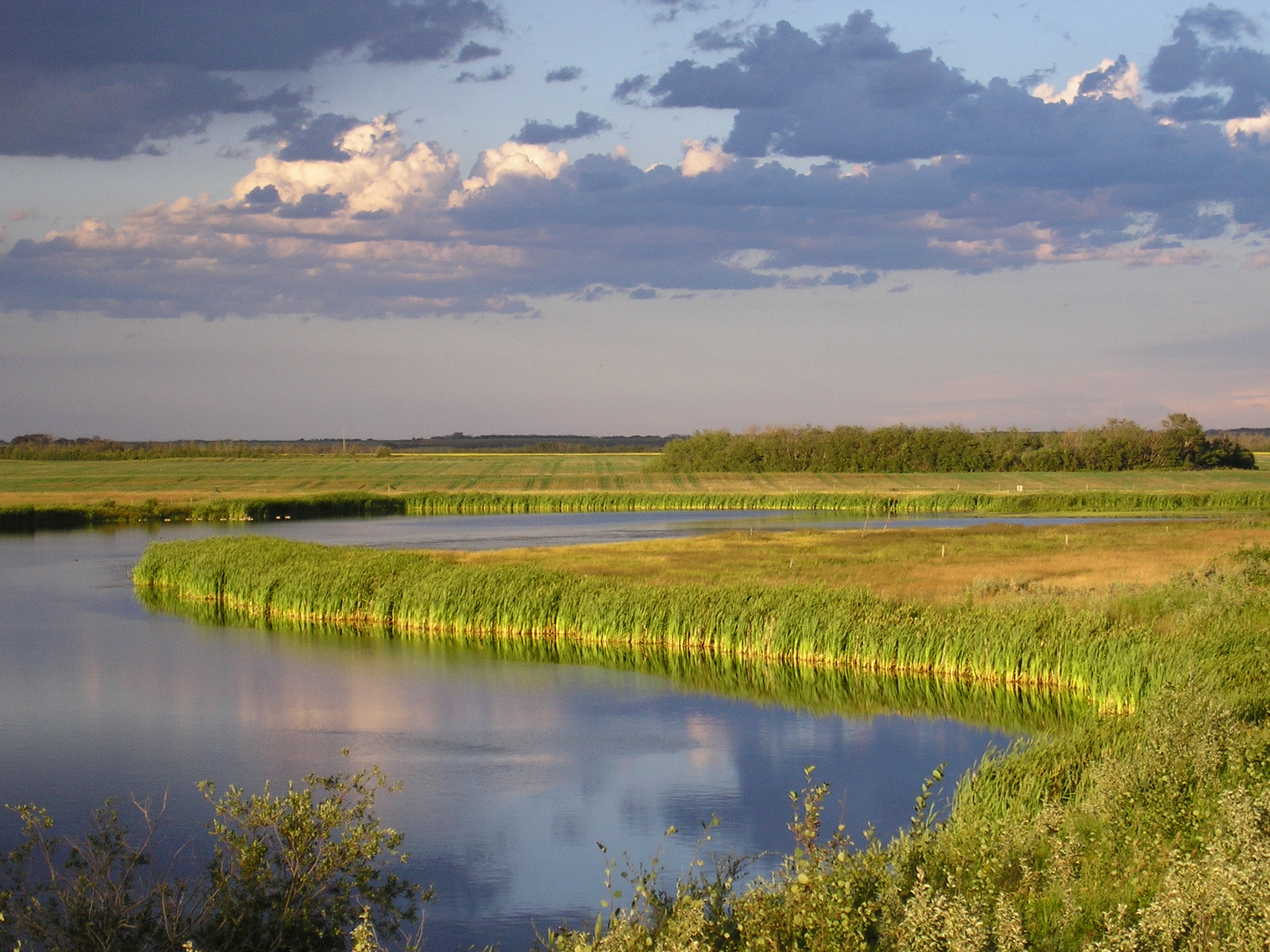Stewards of Biodiversity
Restoring ecological health to prairie lands
Since they first took a holistic management course in 1995, Don and Marie Ruzicka have been striving to farm in a way that considers the broader ecosystem, aiming to promote and sustain biodiversity by mimicking the native prairie landscape and local waterbodies, and working with natural processes.
The Ruzickas worked to rejuvenate their land, understanding that soil health is at the core of healthy crops, native plants and animal health. To recreate some of the diverse range of plant species in native pasture, the Ruzikas seeded alfalfa along with several grasses and fescues. Crop rotation also helped prevent widespread disease and pest problems.
The Ruzickas started rotational grazing in 1997, also letting cattle forage in native pasture that was unsuitable for crops. The foraging livestock’s movement minimized overgrazing and helped control weeds, while manure replenished soil nutrients.
Biodiversity on farms makes both the surrounding ecosystem and the farm itself more resilient. In 1992, the Ruzickas partnered with Ducks Unlimited to create a 38-acre wetland. In 1999, they fenced off nine dugouts to protect the farm’s riparian areas, and joined the Iron Creek Watershed Improvement Society in the fall of 2000.
The Ruzickas also partnered with the Alberta Woodlot Extension Society (AWES) to rebuild shelterbelts to attract pollinators and increase habitat for birds and wildlife. Since 2003, they have planted over 16 species of trees for a total of more than 45,000 trees and shrubs. These shelterbelts not only help stop wind, they help retain water after snow and rain and provide critical food and habitat for pollinators, birds and wildlife.
Attracting birds means keeping insect populations in check without the use of insecticide, and the Ruzickas have 97% occupancy in 240 bird houses across the property. Professor Glen Hvenegaard (UAlberta Augustana Campus) has been conducting bird counts on the property since 2004. Cumulatively, there have been 99 species found on the farm, with the greatest number of species consistently found in the wetland habitat of the property. Some of the more unusual birds seen on the farm include the Western Wood-Pewee and the Grey Catbird.

After fencing, I know how long it takes to heal a riparian area that is sick – 11 years. Wetlands and sloughs, after being grain farmed and then fenced from livestock, take anywhere from eight to 16 years, which means that they are once again circled by willows and have ‘slough hay’ growing in them. It took 11 years to entice the meadowlarks and Sprague’s Pipits back after severe overgrazing. Seven years to have our 240 bird houses 97% occupied.”
— Don Ruzicka

Native Prairie
Native grasslands play an important role in regulating climate change; they store large amounts of carbon per acre. When cattle prices are low and grain prices are high, landowners have a tendency to plow down their native prairie, which has a negative effect on biodiversity and carbon sequestration.

Riparian Areas
Riparian areas are the lands adjacent to streams, rivers, lakes and wetlands, where the vegetation and soils are strongly influenced by the presence of water. Although they make up only a small fraction of the land, they are among the most productive and valuable of all landscape types.

Native Prairie
Native grasslands play an important role in regulating climate change; they store large amounts of carbon per acre. When cattle prices are low and grain prices are high, landowners have a tendency to plow down their native prairie, which has a negative effect on biodiversity and carbon sequestration. Stored carbon gets released into the atmosphere, thus increasing carbon emissions. At present, there is increasing research on carbon sequestration on pasture land and the possibility that farmers and ranchers could be paid for the benefits it provides to mitigating climate change. This has the potential to make farming more profitable.
Pollinators
Native pollinators such as bumble bees, butterflies, beetles, moths, wasps, bats and humming birds pollinate the various native flowers in the prairie. Farmers also reap the benefits when native pollinators pollinate their crops.
Without pollinators:
• we would lose one third of our diet
• most terrestrial ecosystems would collapse
• important plant species that provide the raw materials for medicines would die out
• 90% of native prairie flowering plants would cease to exist

Riparian Areas
Riparian areas are the lands adjacent to streams, rivers, lakes and wetlands, where the vegetation and soils are strongly influenced by the presence of water. Although they make up only a small fraction of the land, they are among the most productive and valuable of all landscape types and have been the focus of conflicts between resource users. Riparian areas are productive and can be reliable producers of forage, shelter, fish, wildlife and water. These areas are a buffer, an insurance policy especially useful to have when drought or flood occurs. They are part of a healthy, functioning landscape and form part of an extensive drainage basin within every watershed.
Birds
By maintaining ample litter on the prairie pasture, bird species such as the Western Meadowlark and the Sprag’s Pipit nest and raise their young. They contribute to the nature economy by targeting terrestrial insects such as grasshoppers for their diet. Prairie plants need a period of rest after being grazed. During this time, the grazed material is replaced and the roots recover. If allowed to rest, native rangelands will provide habitat for many species of birds, year after year.
Trees
Planting trees in shelter belts, wildlife habitat plantings, and eco-buffers helps to attract biodiversity and provide ecological goods and services.
Birds
If allowed to rest after being grazed, native rangelands will provide habitat for many species of birds. Year after year, birds such as the Western Meadowlark and the Sprag’s Pipit nest and raise their young. They contribute to the nature economy by targeting terrestrial insects such as grasshoppers for their diet.


